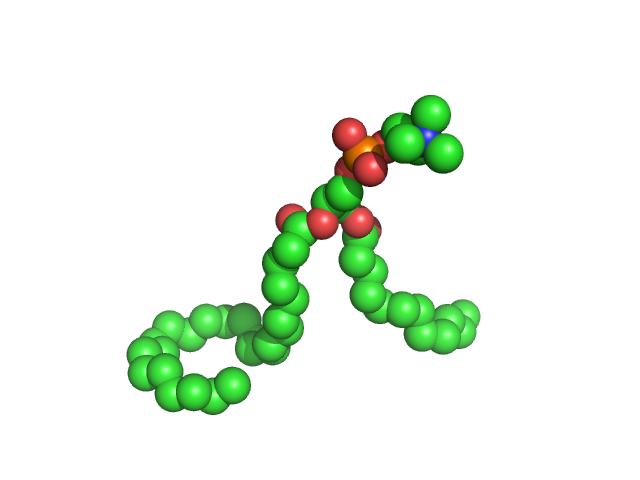Structure of lipids
The next lecture will deal with a class of biological molecules that goes under the broad definition of lipids. What are lipids? In the broadest sense, they are organic hydrophobic molecules of biological origin. They are also called fats, and they can be extracted from organic matter using apolar solvents, such as chloroform (CHCl3) or methanol (CH3OH). Lipids are traditionally presented during a C&B course as part of the so called biopolymers, molecules that include polysaccharides, proteins, and nucleic acids. Lipids however are not really polymers, since they are not obtained from the repetition of similar units and cannot form potentially infinite chains, as is the case for proteins, polysaccharides, and nucleic acids. Nevertheless, they have a modular structure and thus are included in this category.
We will take an overview of the various types of lipids that you will encounter during your medical education, and later on in practice. Lipids are of seminal importance because they not only represent a source of energy, but are also essential components of cell membranes. Some lipids are abundant in the nervous system, others have roles in the transmission of signals inside cells. Steroids, very important lipids, act as hormones and deliver signals across our body to regulate organ function, growth, and sexual development.
Before the lecture, I strongly recommend a review of carboxylic acids and esters, their synthesis and reactivity, since a vast proportion of lipids contain these functional groups. Also, please read the chapter regarding lipids in both the Chemistry and the Biochemistry books. You can find a short introductory presentation, as well as the slides that will be used in the lecture.
The scope of this lecture is for you to familiarize with the most important classes of lipids, their nomenclature, properties, and reactivity. Their functional roles will be described in detail in the future lectures on the membranes, biological breakdown and synthesis, and in various pathways where lipid-mediated signaling takes place. Exercise particular care with the structure and different nomenclatures of fatty acids, as their knowledge is central for the discussion of metabolism.

